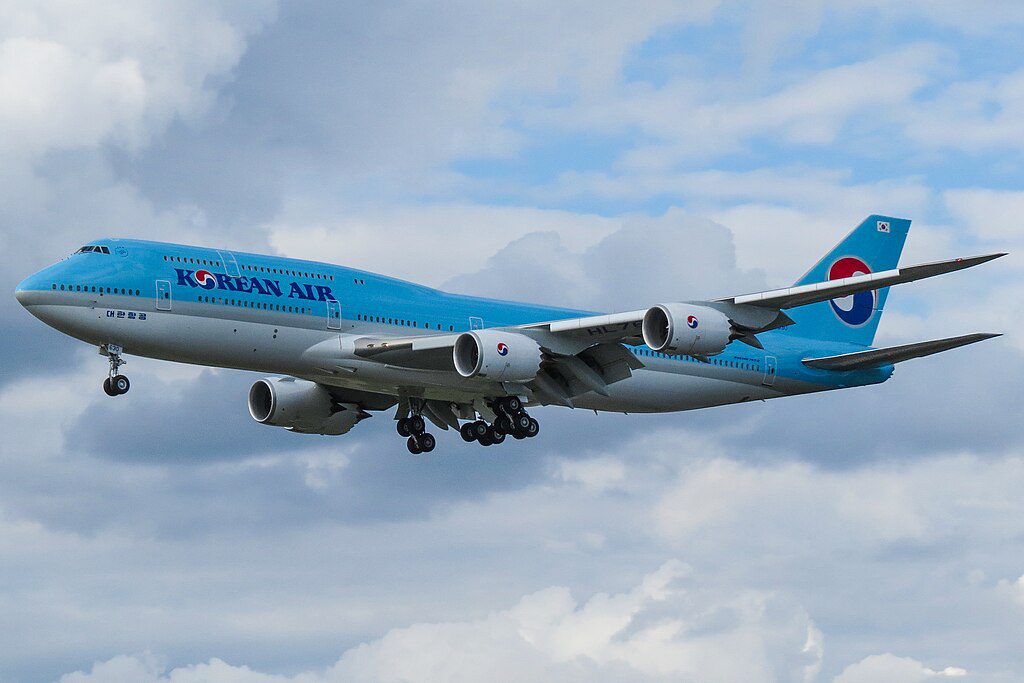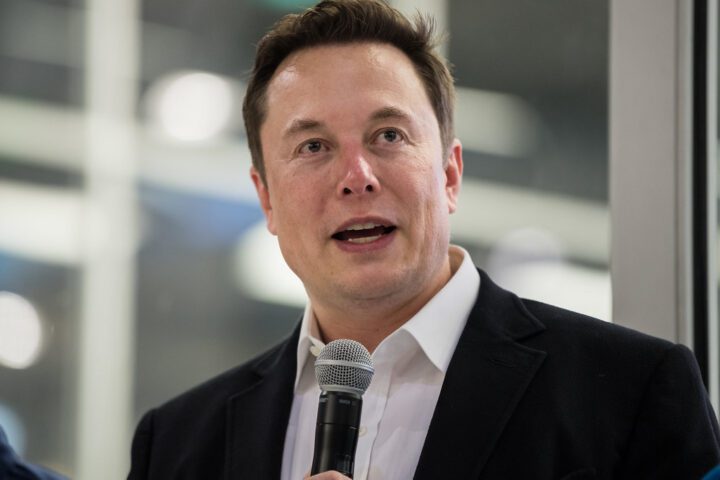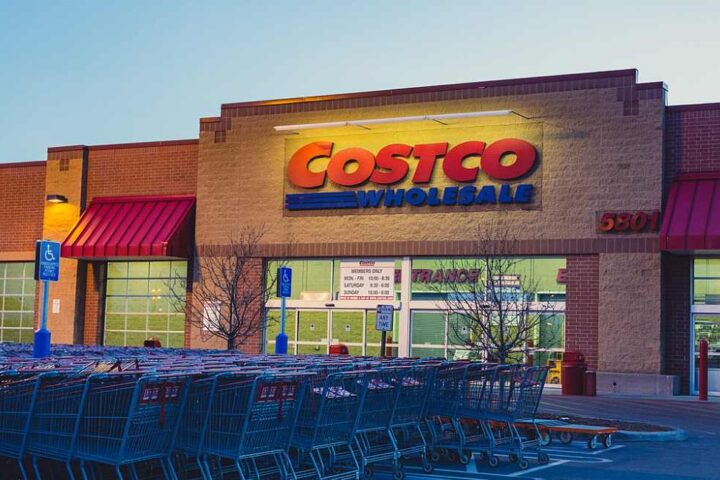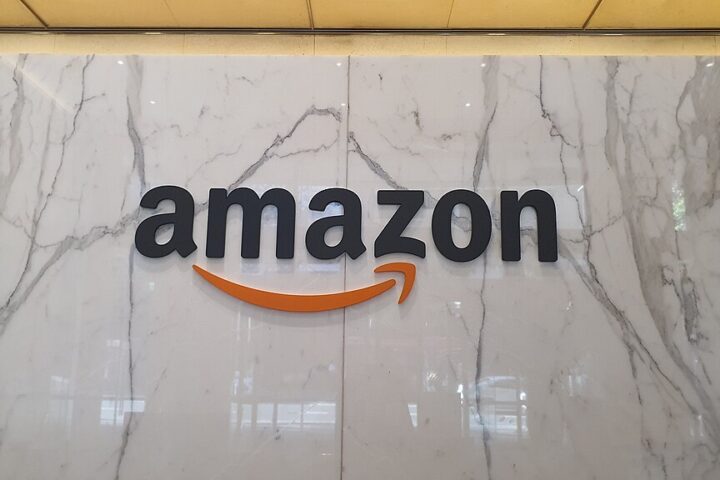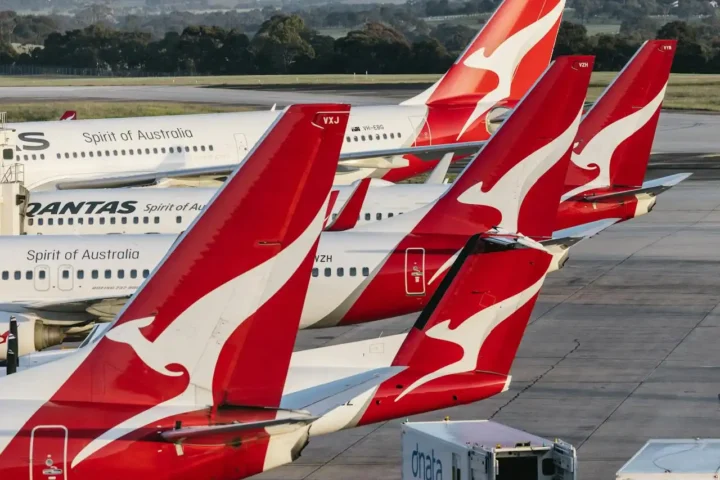China is stepping up efforts to end destructive price wars in its solar industry, where fierce competition has led to below-cost selling and threatened the sector’s stability. Recent government meetings signal stronger action is coming to address the issue that has hurt manufacturer profits and product quality.
Beijing’s approach combines regulatory muscle with market-based solutions. The Ministry of Industry and Information Technology (MIIT) recently held a high-level symposium with solar companies and other regulators to tackle the problem. This follows an earlier July meeting where MIIT Minister Li Lecheng met with 14 major solar firms including LONGi, Tongwei, and Trina Solar.
“Efforts will focus on improving price monitoring and product pricing mechanisms, as well as cracking down on illegal practices such as selling below cost and false advertising,” MIIT stated after the meeting. The ministry is also targeting false performance claims and intellectual property violations to improve overall product quality.
The China Photovoltaic Industry Association (CPIA) has joined the effort, urging manufacturers to stop selling below cost, align production with actual demand, and follow China’s Price Law. This push comes as Beijing revises its pricing legislation for the first time in 27 years to better address unfair pricing practices.
Signs of market correction are already appearing. Glass manufacturers including Xinyi Solar and Flat Glass announced 30% production cuts in July to reduce oversupply. In the polysilicon sector, reports indicate producers are discussing a 50 billion yuan (approximately $7-9 billion) fund to acquire and permanently shut down about one-third of existing capacity.
Similar Posts
The government’s campaign occurs amid broader economic challenges. China’s producer price index fell 3.6% year-on-year in July, marking the 34th consecutive month of contraction. Meanwhile, one Zhejiang-based solar panel manufacturer reported product prices increasing by about 20% in recent weeks, suggesting tightening market conditions.
The impact has been positive for investors so far. Solar stocks rallied in mainland China and Hong Kong following MIIT’s stronger guidance, reflecting expectations that the sector might stabilize. However, industry experts note that restructuring across China’s extensive solar value chain could take months or years to fully implement.
For solar buyers worldwide, these changes may mean steadier pricing but potentially higher costs, as manufacturers move away from below-cost selling. Experts advise customers to evaluate product reliability, warranties, and quality—not just headline prices—when making purchasing decisions.
The outcome of China’s efforts will have global implications, particularly for countries like India, which aims to become the world’s second-largest solar manufacturing hub but remains dependent on Chinese components, and the United States, where rising tariffs on solar imports have complicated trade relationships.


